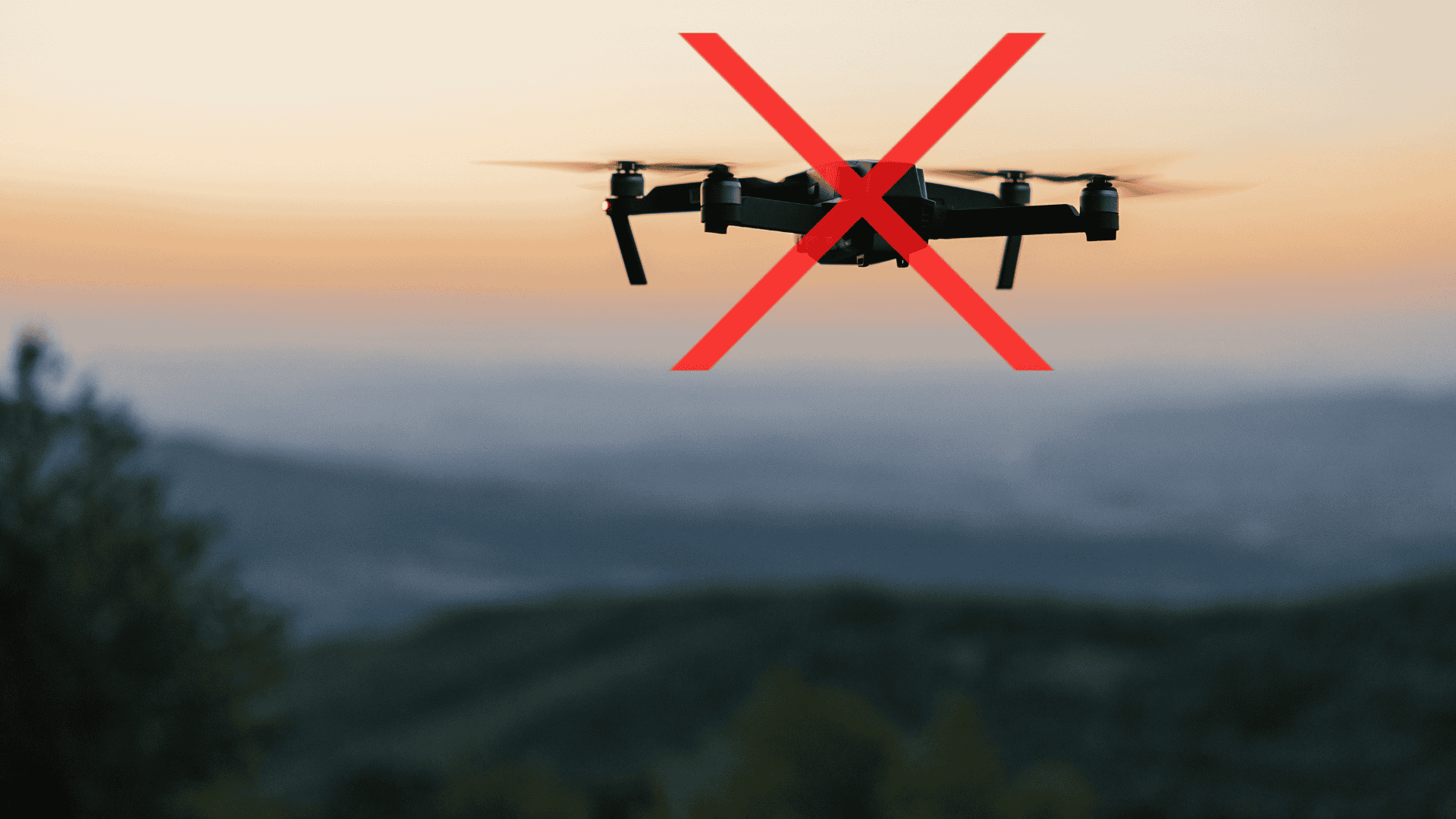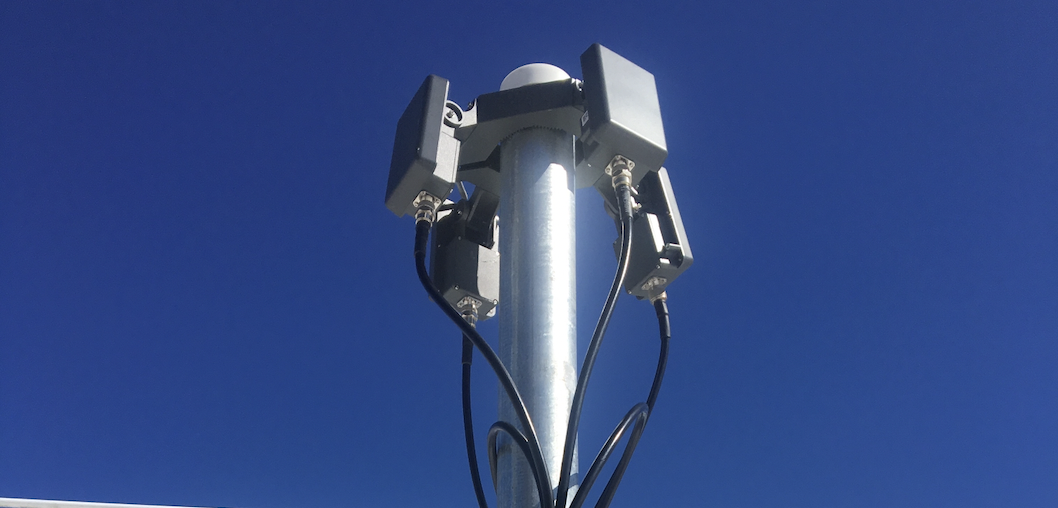The FAA’s Remote ID (RID) initiative was launched with the goal of enhancing airspace safety by ensuring drones are easily identifiable. However, significant gaps in enforcement and technical standards have raised concerns about the initiative’s effectiveness, casting doubt on its ability to curb misuse and foster accountability.
The Problem: Enforcement and Compliance
Despite the FAA's mandate for RID compliance, enforcement remains inconsistent. SwellPro, a drone manufacturer, claims compliance with FAA “Standard Remote ID” requirements. However, testing reveals the absence of built-in Remote ID broadcast hardware. External RID module performance has also demonstrated significant limitations in range and reliability.
Without stringent enforcement mechanisms, non-compliant drones can operate unchecked, undermining the core purpose of the initiative. Manufacturers can sidestep requirements, leaving critical gaps in airspace security.
Technical Shortcomings in Remote ID
RID’s technical standards, including the lack of a minimum range requirement, further dilute its effectiveness. AirSight’s rigorous testing of various Remote ID modules has uncovered significant shortcomings that expose weaknesses in the FAA's RID initiative.
- Limited Detection Ranges: The SwellPro RID tag had a maximum detection range of only 30 meters, updating every 2 seconds. Similarly, the DroneTag module was detectable within just 20 meters, with even lower reliability. These ranges are far too short for effective drone tracking in real-world applications.
- Inconsistent Performance Across Models: While some modules performed adequately under controlled conditions, the overall reliability was inconsistent, making it difficult to depend on RID technology for effective airspace monitoring.
Summary of AirSight’s RID Testing Results (December 2024)
Module Tested |
Performance Highlights |
|
SwellPro RID Tag |
Maximum detection range of 30 meters, update intervals every 2 seconds, limited effectiveness. |
|
DroneTag RID Module |
Detection range of 20 meters, significantly lower reliability and limited tracking capability. |
Note: Detailed configurations and proprietary methods are not disclosed.
Real-World Implications
Non-compliance and weak technical standards have serious security implications. In sensitive environments like prisons or critical infrastructure, ineffective RID can lead to significant security breaches. Without reliable enforcement, malicious actors can exploit these vulnerabilities while law-abiding operators are constrained by poorly implemented policies.
What Needs to Change?
To restore confidence in RID and ensure its success, the FAA must:
- Enforce Stricter Compliance: Increase audits and penalties for manufacturers whose devices fail to meet RID standards.
- Establish Robust Technical Standards: Introduce minimum range requirements and ensure consistent testing procedures.
- Foster Collaboration: Work closely with industry stakeholders to address technological and operational challenges.
The FAA’s RID initiative holds promise for enhancing drone accountability, but without stronger enforcement and clearer technical standards, it risks becoming ineffective. Addressing these gaps will be key to ensuring safer skies for all.












